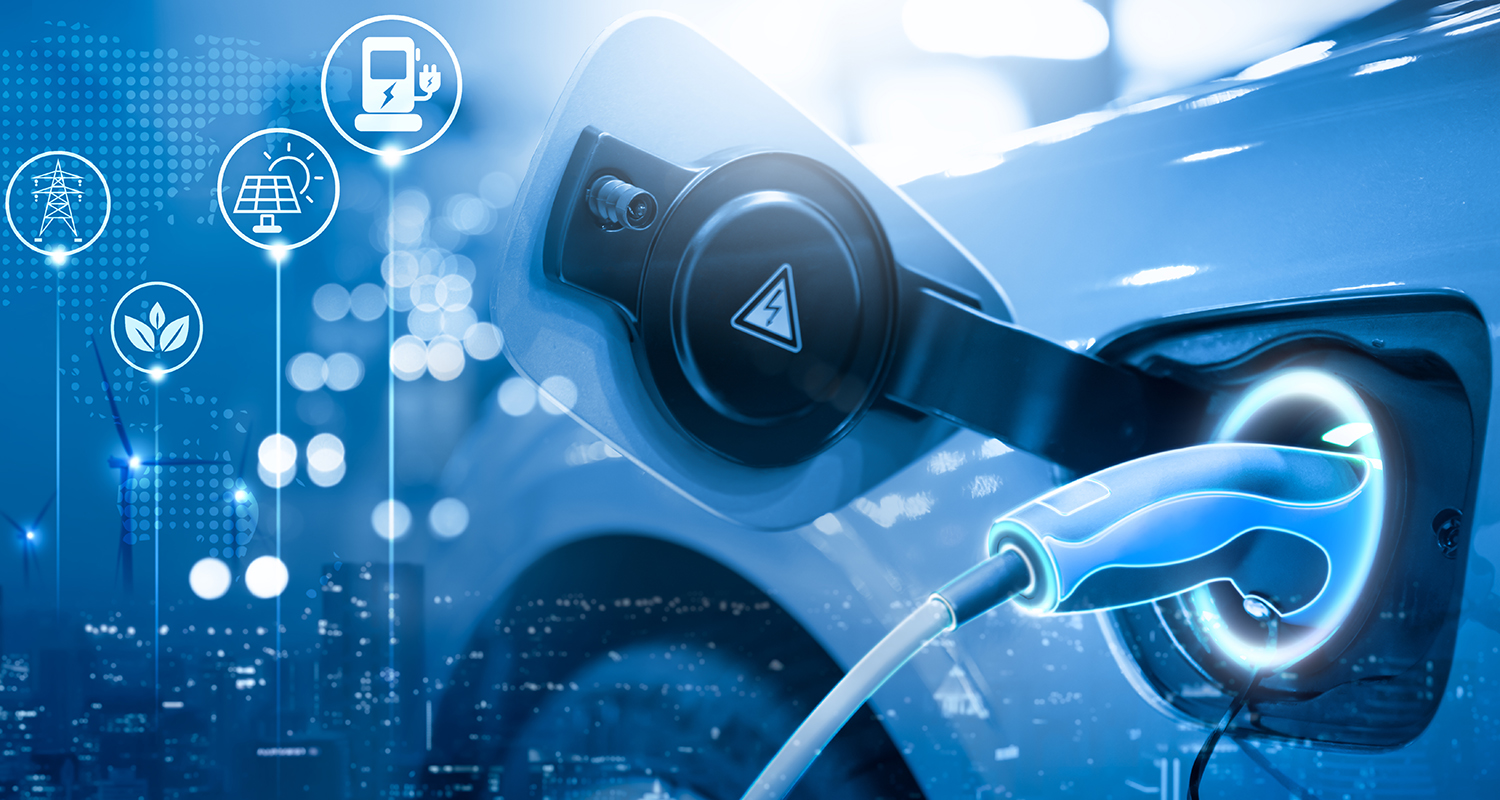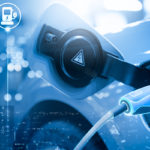The announced ban on heat engines is leading large automotive companies to a major transformation of traditional production models
The European Parliament recently approved as part of the European Green Deal the “packageFit for 55” , which among other measures includes a ban on endothermic cars starting in 2035. The measure will still have to be discussed and voted on by the governments of individual European Union countries, which may make the ban’s entry into force more or less gradual, but the direction toward the demise of fossil-fueled vehicles now seems well established.
With this in mind, major automakers have already been moving for a few years to reorganize production entirely and not be unprepared for the impending transition to electric. The role model for many manufacturing companies has become Tesla, a brand that for many is now identified with the electric car and that has built much of its success on its ability to produce all major vehicle components in-house, thus minimizing its dependence on outside suppliers for the supply of electric motors, batteries and microchips while managing to significantly increase its production capacity.
Although ‘s company in recent yearsElon Muskhas risked bankruptcy , this strategy of manufacturing independence has made possible greater innovation and careful control of production cycles, leading Tesla to be today among the top companies in the world by market value even its shares have fluctuated widely. The other major manufacturers are trying to make this production paradigm their own by, for example, trying to manage battery production in-house with the creation of subsidiaries or by seeking privileged and direct partnerships with companies with strong expertise in the field, a solution that is also being adopted to secure electronic component procurement with companies such as Qualcomm and Nvidia.
The conversion scenarios to electric as projected by analysts see strong repercussions throughout the current production chain related to endothermic technology. For example, companies in the supplier supply chain, will see fewer and fewer employees in the sector although it will be partly offset by the hiring of increasingly specialized figures. In addition to the employment issue, another aspect to consider will be that of public infrastructure, which will have to provide for the construction of a far greater number of charging points than at present, which in parallel will have to be supported by a strong increase in the capacity for electricity production and distribution while making use of less polluting sources. The road to the transition to electric mobility is therefore not without its difficulties, and as with all major transformations, in the area of ecological transition the steps will not be painless but will lead to a radical change in one of the most important industrial sector.




